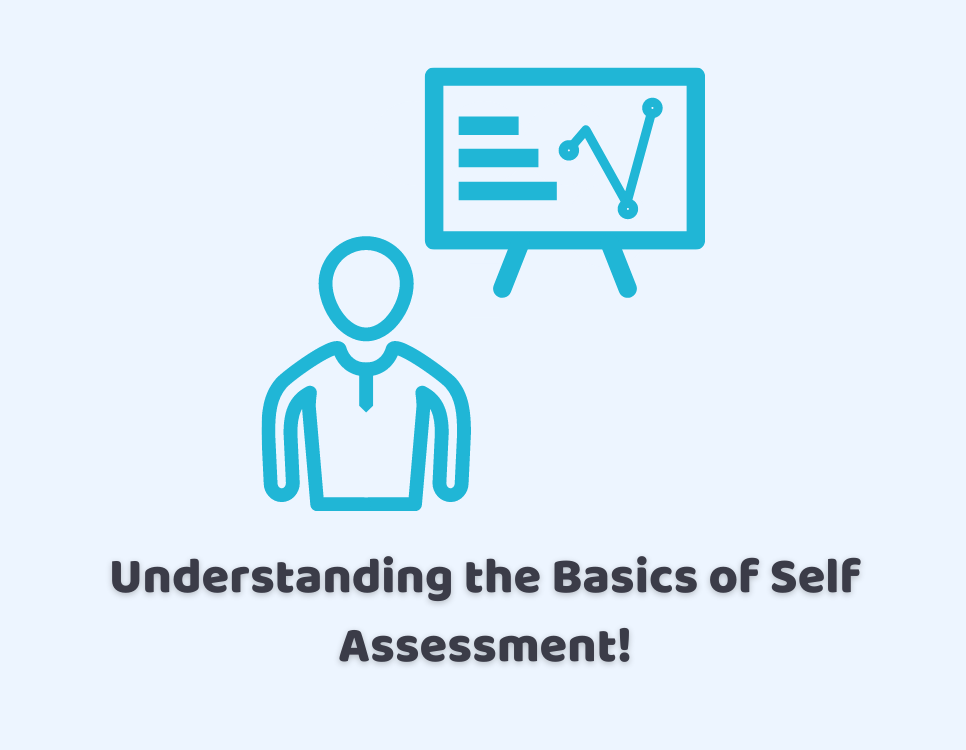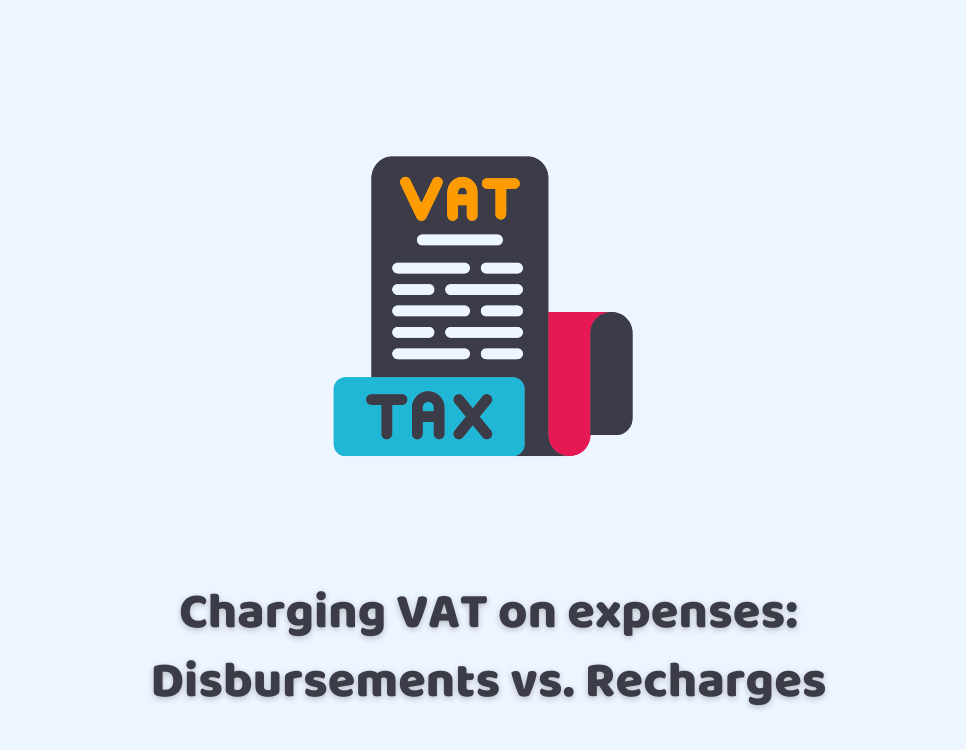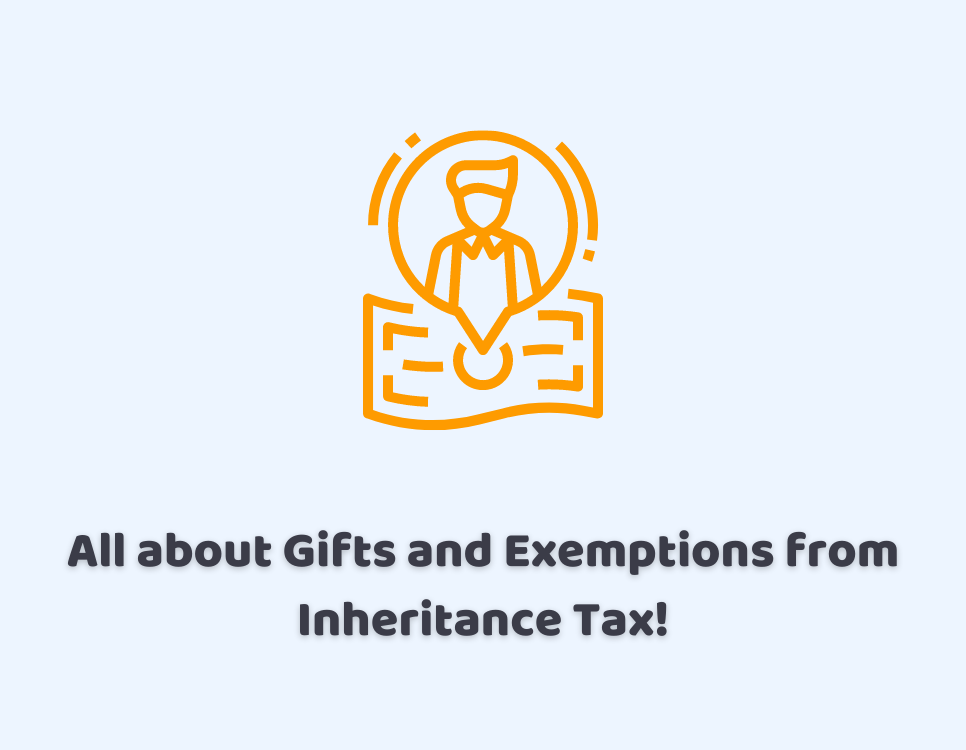21/03/2024Personal Tax , self-employed accountant
Wondering is a tattoo artist self-employed? The topic of whether a tattoo artist can be self-employed is an intriguing one. As it delves into the world of entrepreneurship within the creative field of tattooing. Tattoo artists have the potential to become self-employed, offering their skills and services independently from a studio or tattoo parlour. This …
Read more










